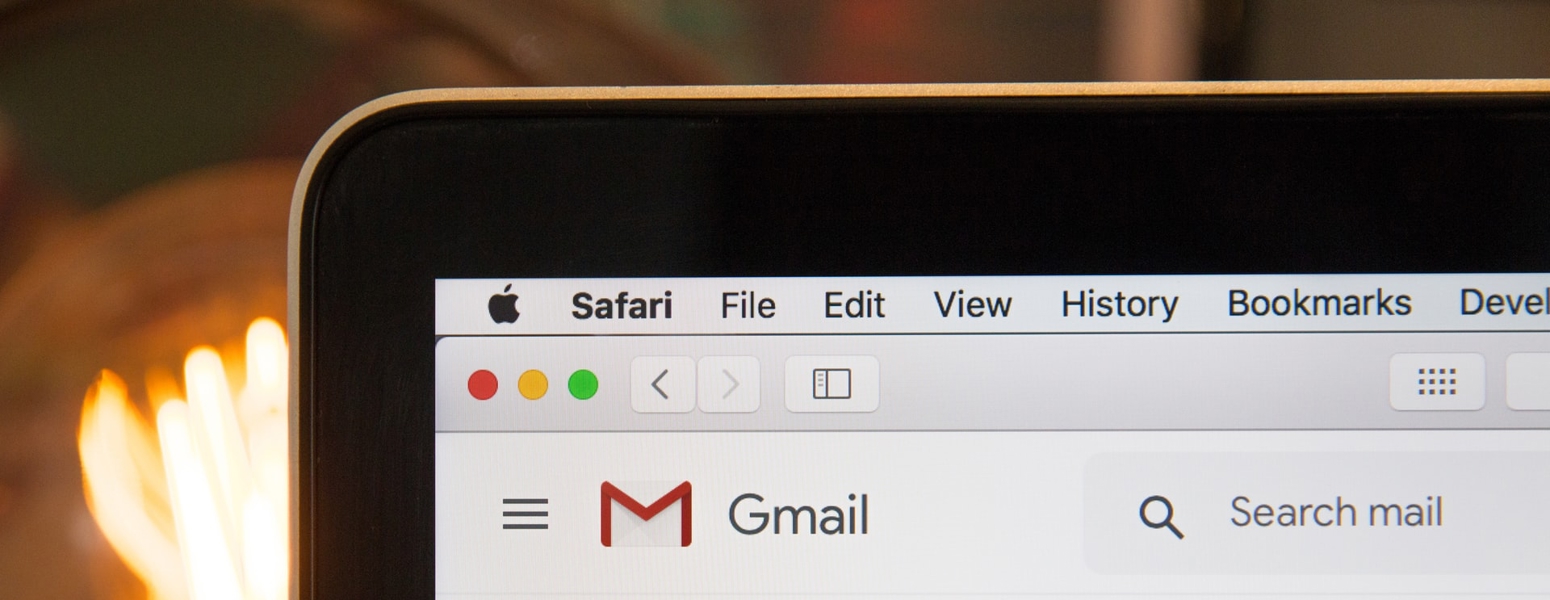If you are looking for a good starting point for your marketing campaign, or you want to take your existing campaign to the next level, email marketing can be a great place to start, especially if direct profitability is your top priority. Email marketing is actually the most profitable marketing channel, generating an average return on investment of $42 for every $1 spent, according to a study conducted by The Direct Marketing Association.
An email marketing campaign consists of a series of email newsletters that inform your audience of the latest news, tips, or updates about your product or business. You can gather customer and potential customer emails simply by asking after they make a purchase, using Facebook ads, promoting your newsletter on your website, or using other targeted ads to promote special offers.
The intervals at which you should send out your newsletters depends on your budget and overall goals. Some companies choose to send out weekly digests, while others might opt for quarterly updates. Other companies might send them out at random when they want to inform their customers of company updates.
Almost all industries use email marketing, but the tactic is used most often by e-commerce stores. Companies that offer their services digitally tend to be at an advantage when it comes to email marketing because they can easily track their ROI and the sales that incurred as a result. In addition to making sales and tracking them, some of the objectives of email marketing include:
Informing Your Audience
First and foremost, your email marketing campaign should be centered around informing your audience and providing value. Accomplishing this will ensure that your audience stays loyal to your brand. When you craft an email campaign, it is important to keep your customers and their needs in mind. Think about the information they need to know and the way they want to communicate with your brand when you plan out your campaigns.
Promoting Timely Company Updates
If you are looking to update your audience about information regarding your brand, email newsletters can be one of the most efficient ways to do so. Email newsletters can inform your audience of important company updates and special offerings so that they do not miss out.
Engaging your current audience
Some businesses are so focused on attracting new audiences that they forget to maintain the audience they already have. Most of the users who subscribe to your email newsletter will have already indicated some level of interest in your business. Creating attractive emails that tailor to your audience’s specific interests will keep them interested. Because they will feel that you are listening to their interests and needs, this will also instill a further sense of brand loyalty.
Leading audience to website
Email marketing is majorly effective at converting leads into clients or customers. At its peak, the conversion rate in 2018 was 18.49%, according to a study published by Aberdeen. The years 2019 and 2020 decreased in conversion slightly, but still peaked at 15.11%. Typically, your email newsletter will attract clients to your website, which is where these leads will happen. A newsletter that is well-crafted with compelling content will be the most likely to win your audience over and create these kinds of leads.
Cost-effective, low maintenance communications
Email newsletters do not have to be the kind of campaigns that require large amounts of time. You can set up campaigns to be sent periodically to your audience, and change the content of the newsletter as little or as frequently as you would like. When new subscribers sign up, they can simply be sent your most recent newsletter, so this can be one marketing effort that takes very little time and money on your part.
How to Structure an Email Newsletter
A strong subject line is one of the most important elements of your newsletter. More often than not, it means the difference between your audience opening your newsletter or simply scrolling past. To make your reader want to open, your subject line must be eye-catching and accurate. It is never a good idea to use “clickbait” subject lines that are not relevant to the content of your newsletter. These kinds of headlines might entice your audience at first, but once they realize you are not a trustworthy source, they will quickly lose interest. It is important to structure your email newsletter properly to avoid this, which you can do by taking the following steps:
Creating an enticing, succinct subject line
When you are writing a subject line, one of the most important things to keep in mind is the length. A typical inbox only shows about 60 characters of an email’s subject line, while a mobile phone shows only 25 to 30 characters. Being succinct with your subject line and getting straight to the point will ensure that you communicate your message without being cut off by word limits. It is also important to catch your audience’s attention quickly, so try to put the most important words at the beginning of the subject line. You should also be clear about the topic of the email so that your readers do not feel misled.
Structuring the email with quality content and beautiful design
When you think of the most successful advertising campaigns, you might not notice how seamlessly the design and copy work together, but their success was certainly no accident. Most people who read through their emails are looking for information that serves them directly, so if you want your newsletter to stick out amongst the rest, it needs to have a clear purpose.
Constructing a powerful CTA
A successful email campaign does not stop with the email. It is important for your email to have a clear “call-to-action” (CTA) that leads audiences to more information about your business. A good CTA will convince your reader to move forward with your business, but they should not feel like they are being forced to do so. If your email is filled with high quality content, the CTA only needs to be a simple phrase that links your readers to the next step. The specifics of this will depend on what your email aims to accomplish, but some common examples of successful CTAs are “Learn more,” “Get started,” and “Sign up.”
Scorpion provides the marketing team to help with your email marketing. We can help you manage your digital marketing efforts to facilitate successful communications with clients and to attract new ones.
Let's talk about email marketing.Schedule a consultation. Talk To Us




